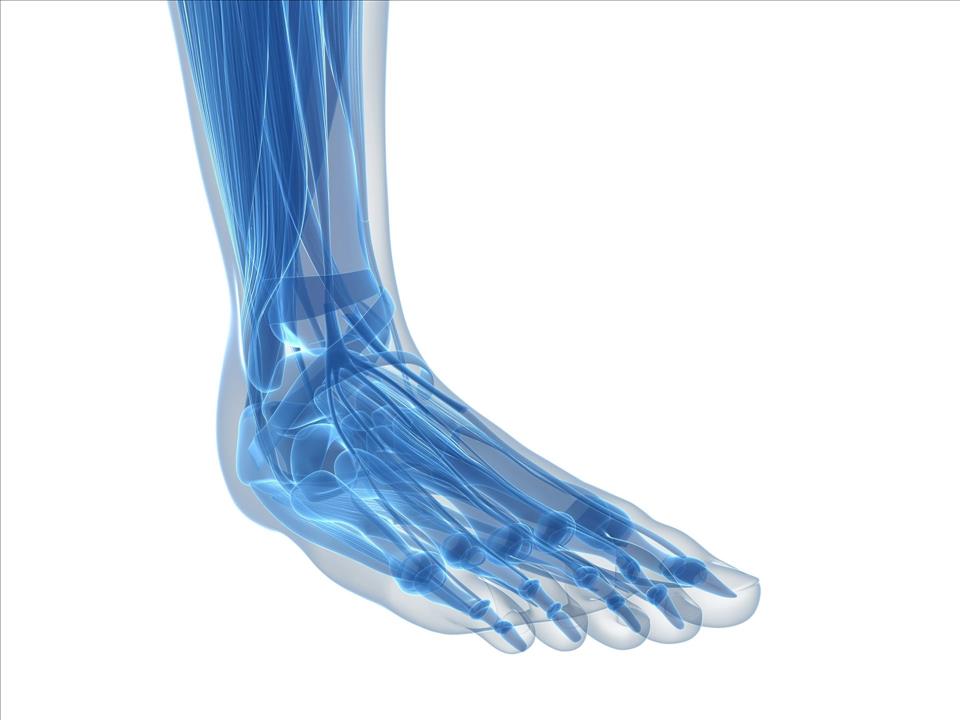
Diabetic Foot Pain: Expert Tips On How To Cope
Having diabetes has serious consequences for health and is associated with increased risk of developing diseases related to damage to the heart (heart attacks), blood vessels (strokes, foot ulcers), kidneys (chronic kidney failure), and the nervous system (blindness, loss of sensation).
When it comes to nerve damage, it typically affects long nerve fibres that supply the feet and can sometimes affect fibres that supply the hands too (a so-called glove and stocking distribution).
It is the nerve fibres that detect sensations such as touch and temperature that are often worst affected, resulting in numbness. The numbness that develops can be a nightmare for people and is often described as their“feet feeling dead”.
A peculiarity of this numbness is that it may be accompanied by intractable pain. This type of pain, resulting from damage to sensory nerve fibres, is called neuropathic pain.
As scientists in the field of pain and pain management we work on neuropathic pain in people living with diabetes and its management . In this article we aim to draw attention to the problem and discuss how it can be managed.
Nerve damageIt has been estimated that up to 50% of people with diabetes will develop damage to peripheral nerves during their lifetime, and up to 50% will experience pain because of that nerve damage.
The predictors of developing nerve damage are well established. Older age, increased duration of diabetes, and poor control of blood glucose concentration are the main culprits. What determines whether the nerve damage is associated with pain is largely unknown.
Neuropathic pain is often described as a“burning” pain, and is frequently accompanied by other sensations such as“pins and needles”, and pain that feels like stabbing, shooting, electric-like shocks, and deep aching.
In some people there is very little or no numbness. In these people pain can often be triggered by gentle touch and movement across the skin (for example, bed sheets brushing across a foot, putting on socks), and cool and warm temperatures that are not normally felt as painful.
Having such intractable pain has devastating consequences for quality of life.
Pain sufferers have less social interaction with family and friends, and find it much more difficult to enjoy their favourite activities. Sleep is significantly disrupted.
Having neuropathic pain is associated with high rates of anxiety and depression. To make matters worse, the sleep disruption, anxiety and depression may feed back into a vicious cycle to worsen and maintain the pain.
Medications to manage the painNeuropathic pain is not responsive to the medications used to treat conditions such as headaches and joint pains (for example, paracetamol and ibuprofen).
Instead, neuropathic pain is responsive to medications that in some cases are also used to treat conditions such as depression and epilepsy.
Examples include :
- low doses of tricyclic antidepressants (for example, amitriptyline )
- a class of antidepressants called serotonin and noradrenaline re-uptake inhibitors (for example, duloxetine )
- anti-seizure drugs like gabapentinoids (for example, gabapentin and pregabalin ).
However, there is very little information to guide doctors to predict which drug will work best for a patient.
So, often finding the correct treatment is a trial-and-error approach , which can be frustrating for both patients and doctors.
Coping mechanismsChronic pain management is also about teaching people to cope with their pain so that they get back to enjoying their lives and are no longer consumed by the pain.
Such interventions include the practice of mindfulness, cognitive behavioural therapy, and other self-management activities specifically designed for people with chronic pain .
With the rapidly growing number of individuals with diabetes, it is more important than ever that we detect and treat the pain caused by nerve fibre damage.
Public education and increased awareness of this painful consequence of diabetes will hopefully encourage affected people to seek early medical attention, thus allowing management of the condition, maintaining well-being and restoring function.

Legal Disclaimer:
MENAFN provides the information “as is” without warranty of any kind. We do not accept any responsibility or liability for the accuracy, content, images, videos, licenses, completeness, legality, or reliability of the information contained in this article. If you have any complaints or copyright issues related to this article, kindly contact the provider above.






















Comments
No comment